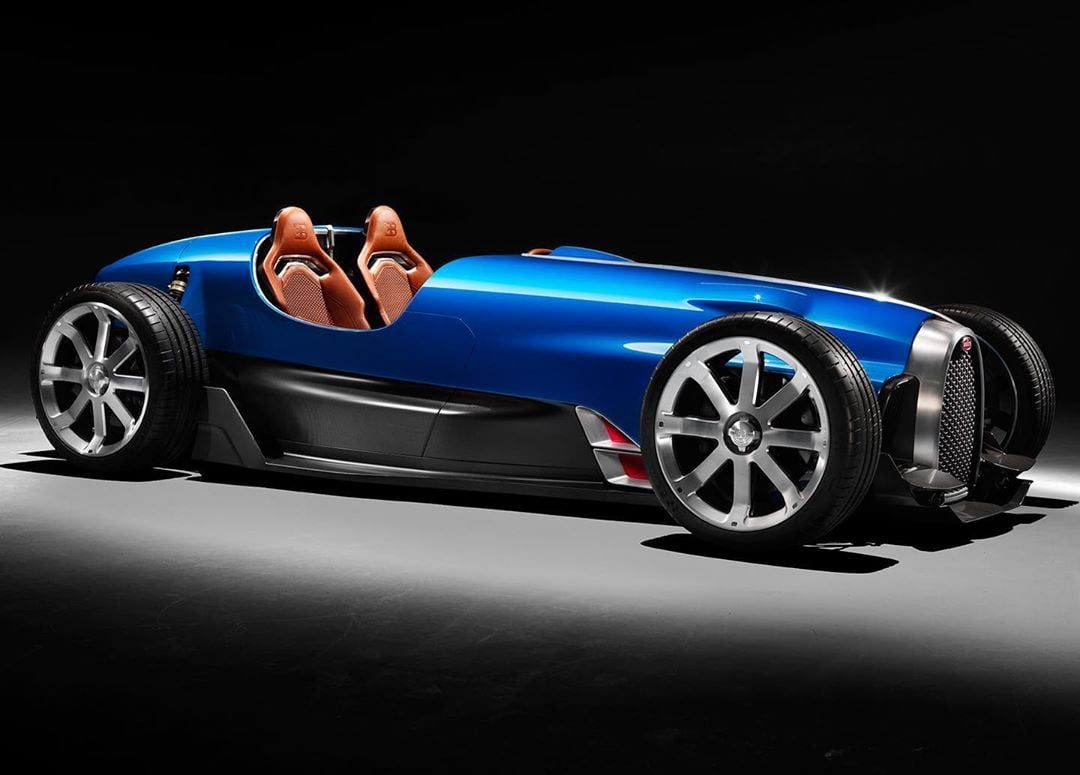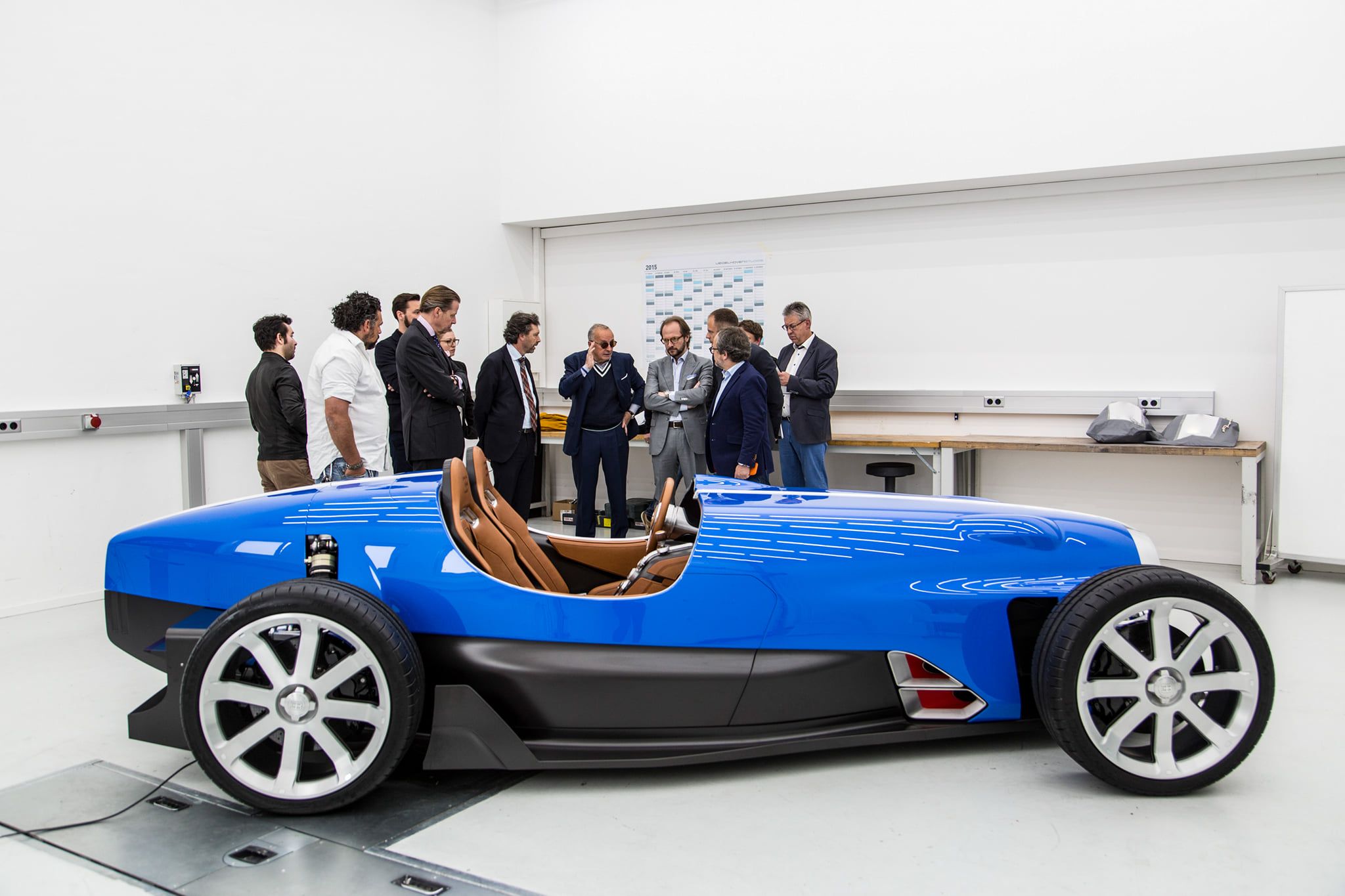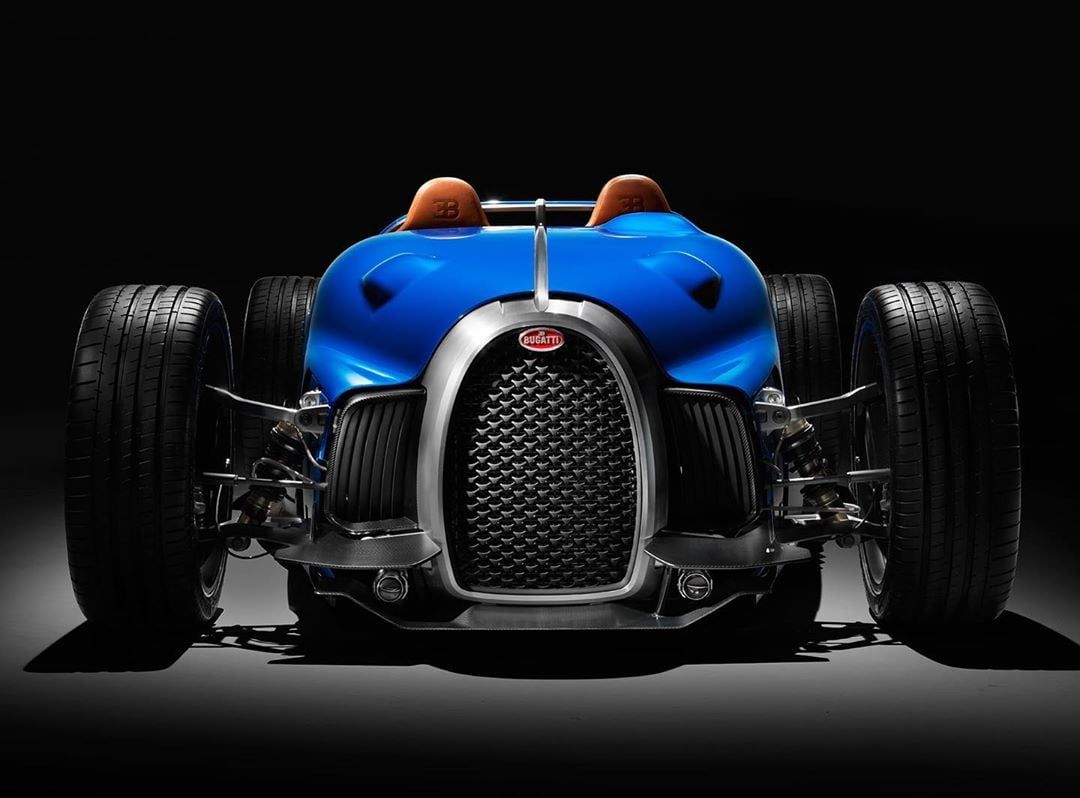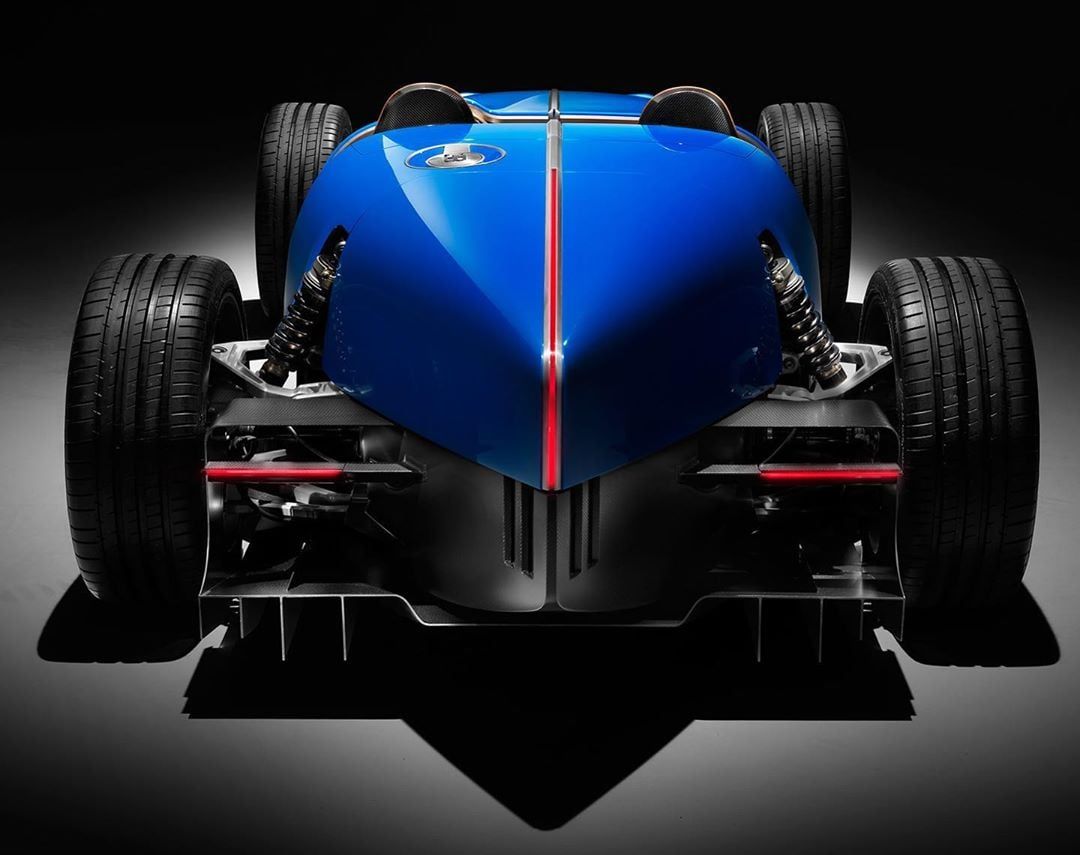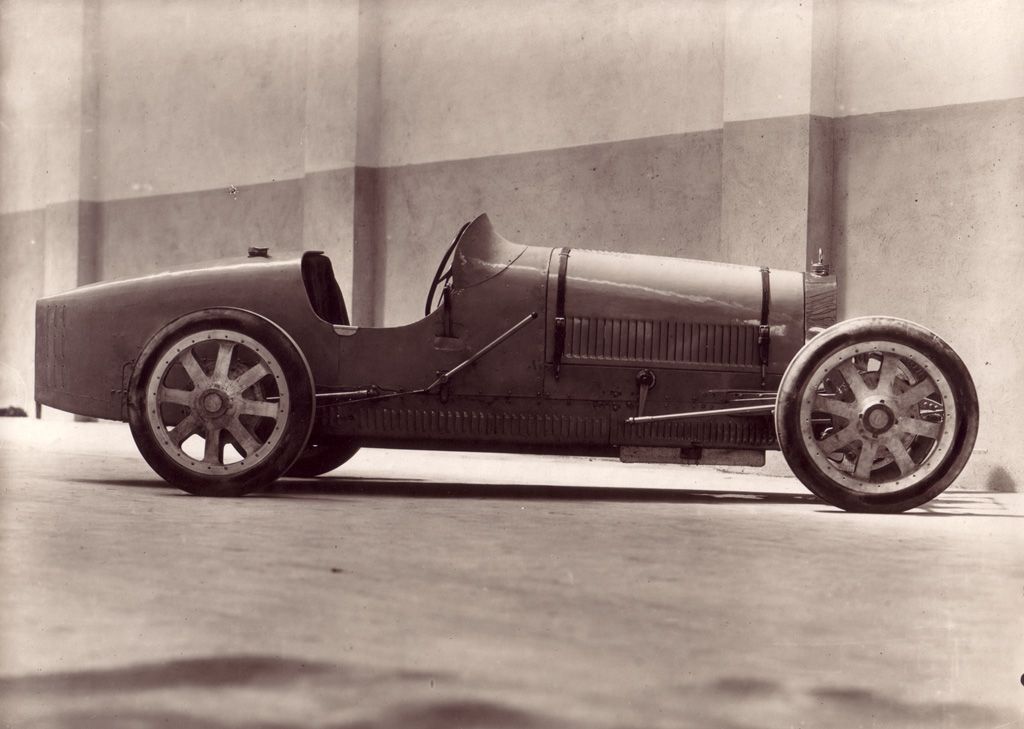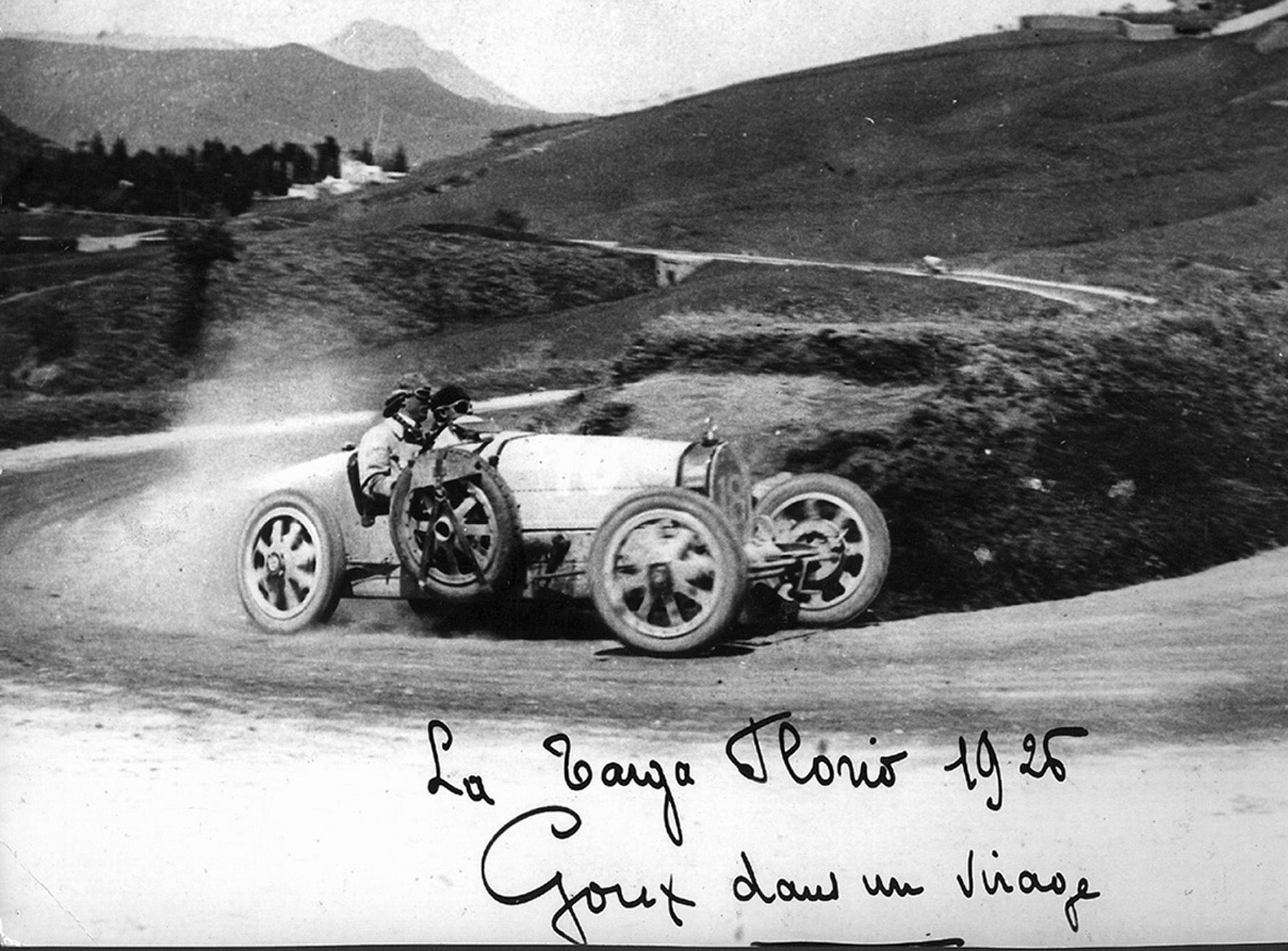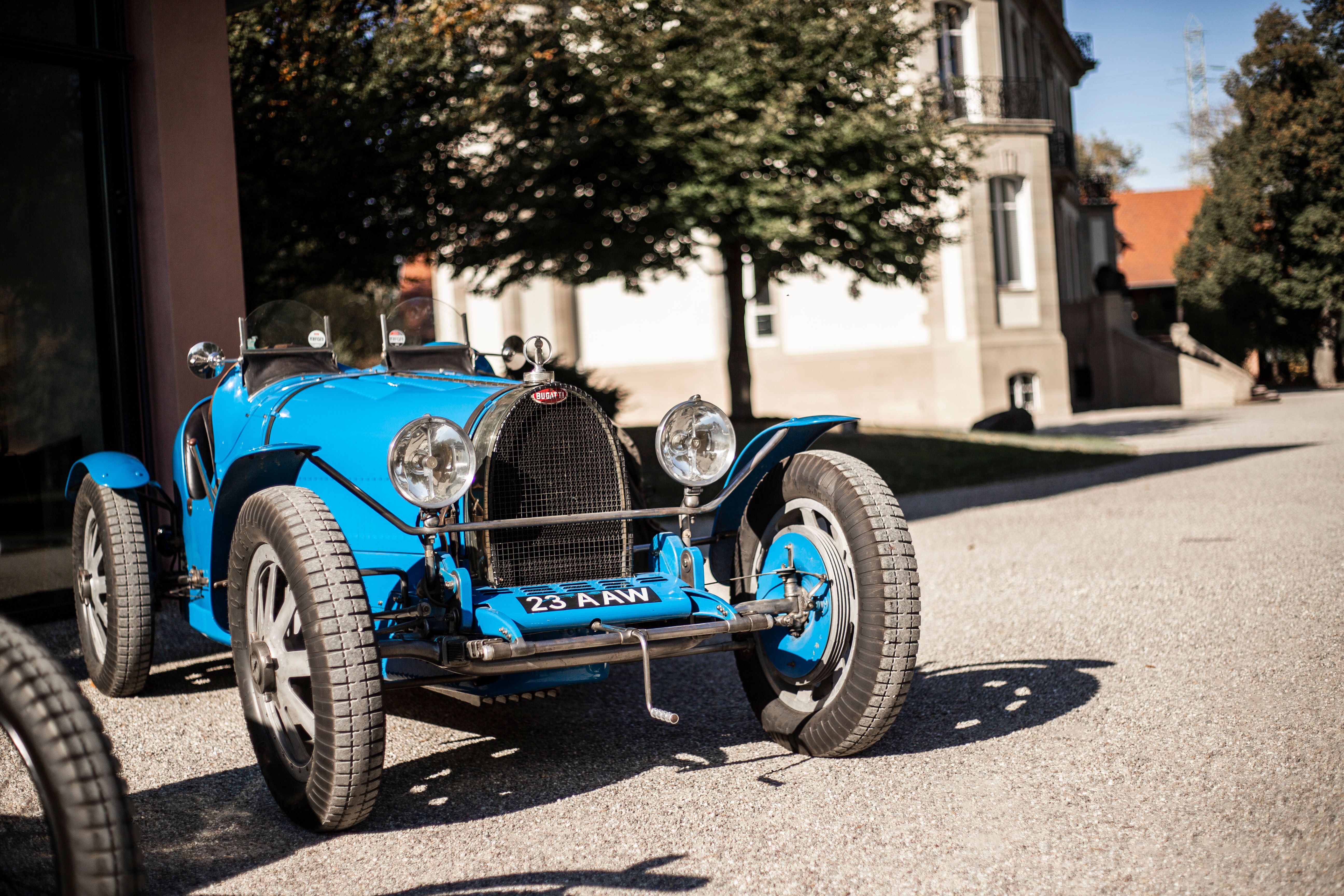Bugatti hasn't built many vehicles back in its glory days, but nearly all of them benefit from iconic status. And that's why Bugatti has created so many limited-edition Veyron and Chiron versions that pay tribute to those legends from the past.
However, Bugatti has mostly overlooked the Type 35, its most successful racing model. German company Uedelhoven Studios hasn't and its modern take on the Type 35 is so spectacular that Bugatti should put it into production.
The Bugatti 35 Type D is a five-year-old creation unearthed in 2020
If you haven't heard about Uedelhoven Studios, then you should know that it has been involved in the design of two Hyundai concept cars, the Prophecy and the 45. The company also penned the Audi AI:ME.
We don't know why, but we do know that this thing is a gorgeous rendition of the original and iconic Bugatti Type 35, a race car that the French company built and raced from 1924 until the early 1930s.
Like most race cars from the era, the Type 35 was an open-cockpit and open-wheel design with fusiform bodywork that was narrower at the front and rear and wider in the center, where the seats were. The 35 Type D concept remains true to the original design, but adds decidedly more modern features. Not only it rides much closer to the ground, it also features significantly wider wheels, modern side skirts with vertical winglets, and a big diffuser below the boat-tail-shaped rear end.
Up front, a more modern version of Bugatti's horseshoe radiator is flanked by additional radiators in the center and small LED lights at the bottom and we can also see a pair of horizontal carbon-fiber wings in there. It features slim LED taillights in the rear, while the exposed suspension system suggests a modern take on the chassis as well.
The cabin itself is also a modern and more luxurious take on the original. While the Type 35 was mostly rough and spartan, the 35 Type D was conceived with a bit more comfort in mind. The bucket seats, door panels, steering wheel, and the sides of the center console are wrapped in tan-colored leather. There's wood on the steering wheel's center section and on the gear shifter, while the center stack and the lower dash are made from carbon-fiber. The control layout on the stack is inspired by Bugatti's modern supercars and there's even an analog clock in there to keep things fancy.
But it doesn't matter really. It's a really cool design that Bugatti should consider for production. Yes, it's far from conventional and it's not the type of car you drive anytime and anywhere, but it's the kind of historical tribute that will attract wealthy collectors willing to pay a few million dollars to take one home. The Chiron's massive 8.0-liter W-16 won't fit under the front hood either, but Bugatti has access to an army of engines at the Volkswagen Group so it wouldn't be an issue. Granted, Bugatti won't build it, but we can dream, can't we?
Bugatti Type 35 history
The Type 35 broke cover in August 1924 in its original form, when it raced at the Grand Prix of Lyon (France) with a 2.0-liter straight-eight engine shared with other Bugatti models from the era. Rated at 90 horsepower, the engine featured five main bearings with an unusual ball bearing system that enabled it to rev to 6,000 rpm, a crucial feature for its racing success. The original Type 35 was followed by various iterations that either retained the "35" badge or featured nameplates like 37 and 39.
The 35A debuted in 1925 as a more affordable variant with a less powerful version. Bugatti also rolled out a supercharged model, called the 35C, rated at 128 horsepower. The 35T featured a bigger 2.3-liter engine and was produced specifically for the Targa Florio race, which Bugatti won numerous times in the 1920s. It was followed by the 35B, which featured the larger engine of the 35T and the supercharger of the 35C for a total output of 138 horsepower.
The Type 37 was more of a conventional sports car rather than an F1-oriented vehicle, but it featured the same chassis as the Type 35. The original 37 was fitted with a 1.5-liter straight-four that produced 60 horsepower, but the supercharged 37A followed with 90 horsepower. The last iteration of the Type 35 was the Type 39. Essentially a Type 35C with a smaller 1.5-liter engine, the Type 39 was raced mostly in the early 1930s.
The Type 35 won 22 major events from 1925 to 1931, mostly in the competition that would become the Formula 1 championship after World War II. Its maiden victory was the iconic Targa Florio in 1925. Bugatti won the event again in 1926, but the Type 35 also scored Grand Prix wins in France, Italy, and Spain. A new Targa Florio success followed in 1927. Bugatti triumphed for the fourth consecutive time at Targa Florio in 1928, but it also scored Grand Prix wins in France, Italy, Spain and Marocco the same year. 1929 brought four more GP wins (France, Germany, Spain, Monaco) and the fifth consecutive Targa Florio success. The Type 35 continued to dominate the Grand Prix calendar in 1930 with wins in Belgium, Czechoslovakia, France, Monaco, and Australia and scored its final official win in Australia again in 1931.
The Type 35 was driven by many legendary drivers of the era, including Louis Chiron and Albert Divo, after which Bugatti named two of its modern supercars.
Bugatti produced around 710 units of the Type 35, including the Type 37 and Type 39. The Type 35A and the Type 37 were the most popular with 139 and 290 units sold, respectively. The Type 39 and Type 35T were the rarest with only 10 and 13 examples built, respectively. All versions of the Type 35 benefit from collectible status nowadays and since many of them didn't survive, they're hard to find and expensive to buy.

